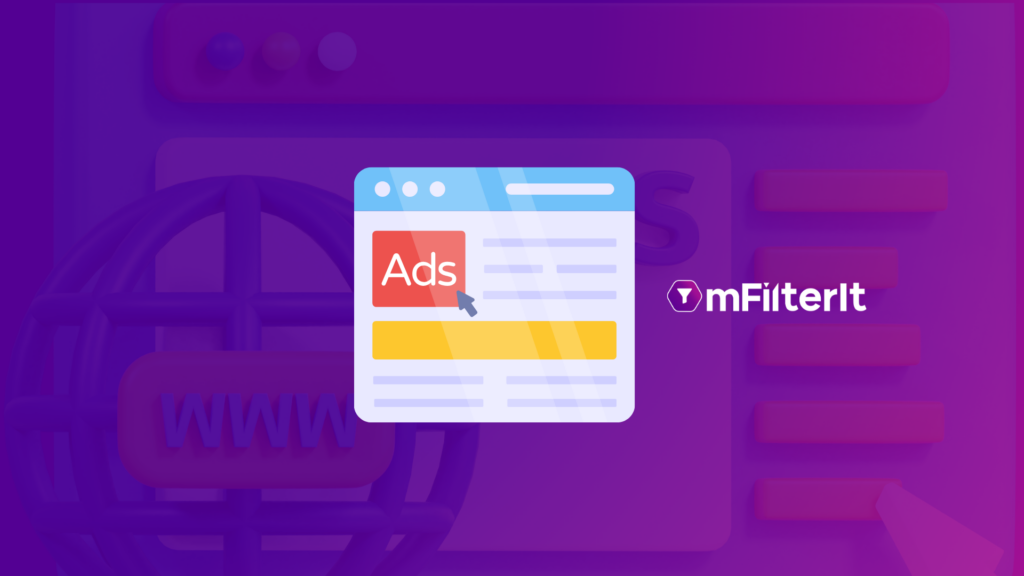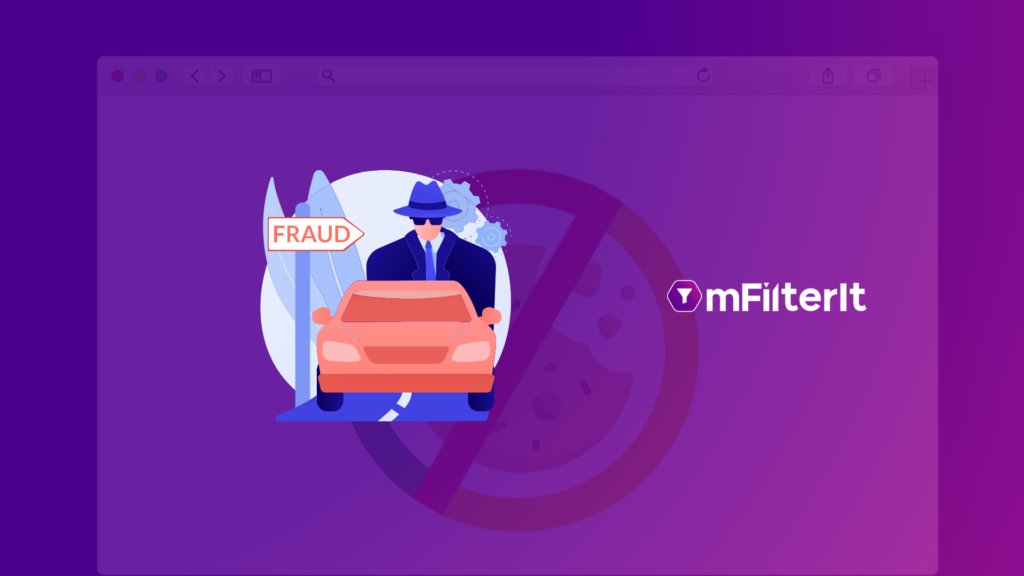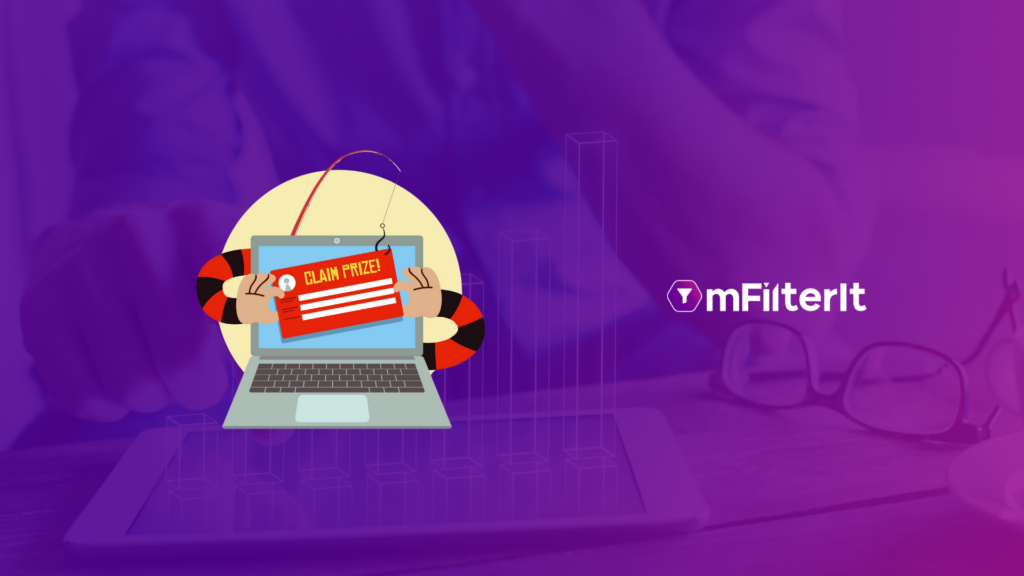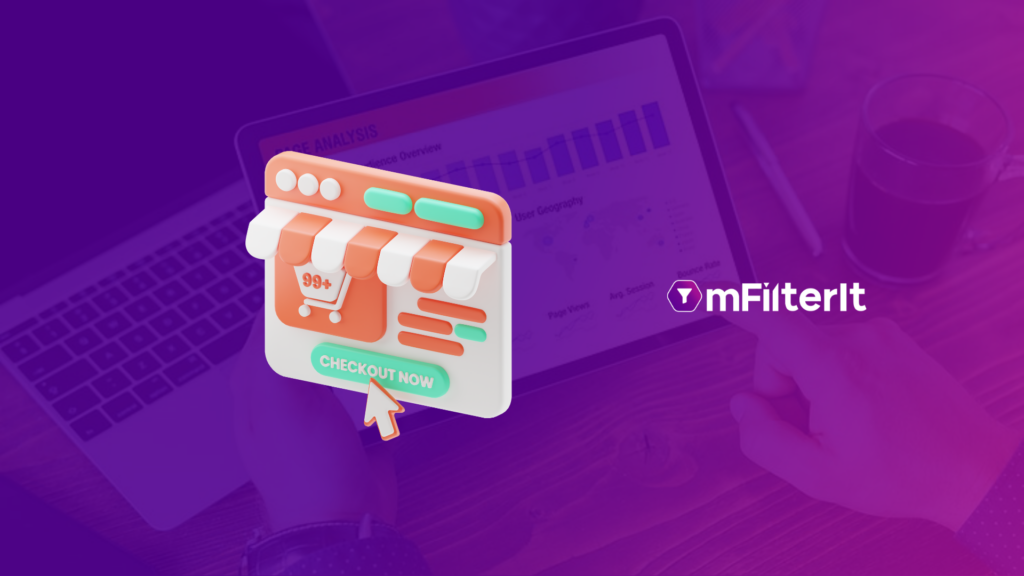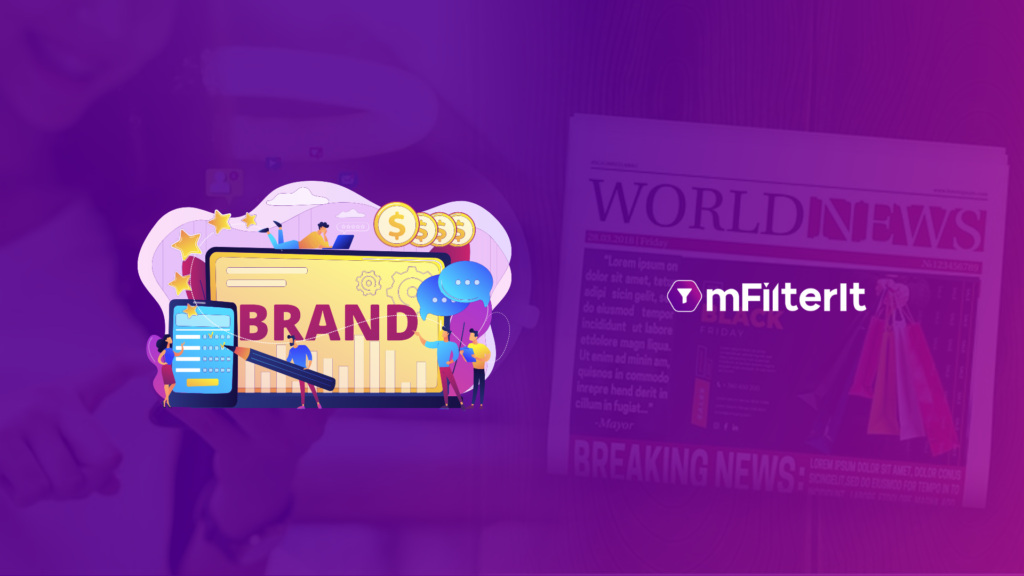What Aspects Does Sentiment Analysis of eCommerce Platforms Reveal?
Customers on eCommerce platforms often check out reviews and ratings of products before making the final buying decision. In India, 48% of consumers make fashion purchases regularly after going through reviews and ratings. Monitoring reviews and ratings have become important for understanding customer sentiment towards the brand, product, seller, etc., across eCommerce platforms. Detecting and categorizing customer reviews as positive, neutral, and negative using mScanIt’s Sentiment Analysis enables to detect product aspect working ‘for & against’ the brand. mScanIt’s sentiment analysis dashboard defines sentiment intensity; segregates the most popular aspects like quality, product, price, etc., under comment themes; helps to find the most/least popular aspect/theme of a brand, etc. Diving deep into these aspects helps to keep track of consumer reviews across multiple eCommerce platforms, the most popular aspects/themes driving the sentiment intensity, pain points of the consumers, etc. mScanIt’s Sentiment Analysis also reveals key aspects of eCommerce platforms, which are useful for brands in multiple ways. A sentiment analysis is done by using What Can Brands Derive through mScanIt’s Sentiment Analysis? The Intensity of Buyer Reviews consumer reviews. Based on the consumer sentiments, a brand can understand the most popular aspect of its products on eCommerce platforms or can detect which aspects are meeting or not meeting to the buyer demands. A comparative view of the same vis-a-vis its competition enables a brand to learn the brand’s standing against its competition. For example, your brand could have a high (700+) positive reviews for ‘price,’ whereas your top competitor only has 200+ reviews on it. So, the consumers appreciate the price of the product and it is probably the leading factor driving your eCommerce sales/revenue under a category. On the other hand, your top competitor could have 500+ reviews on ‘quality’ whereas, you hardly reach 100 reviews on this aspect. Using this knowledge, you can evaluate your own Product Display Page (PDP) against your competition. It could show that the competitor is focusing more on ‘quality-based’ features and is using them in the advertising/marketing campaigns as well as the PDPs. P.S.: mScanIt can also be useful in analyzing PDPs, share-of-shelf, and banner ads. Probable Intent to Purchase According to research, the product purchasing decision of 91% of online shoppers rely on reviews from other customers. Therefore, listings on eCommerce platforms with higher positive reviews can increase add-to-cart actions and conversions. Furthermore, constantly checking sentiment analysis reveals the average sentiment score within a time frame. Therefore, brands can make sales forecasts and strategize accordingly. It’s one of the ways through which brands can understand the best performing ecommerce platform and optimize on their marketing spends. Moreover, the qualities/themes of the sentiment analysis dashboard would offer knowledge about the factors that might likely influence the customer’s intent to purchase. Points of Engagement with the Customers Reviewing mScanIt’s Sentiment Analysis dashboard gives information about the pain points of customers as well as the top-performing qualities of a product. It reveals the emotional triggers that can become responsible for trolling on eCommerce marketplaces under the review and rating section. Brands can use the emotional triggers generated from the ‘for and against’ reviews and ratings in their responses to improve the positive sentiment intensity and diminish the negative sentiment scores. The same information can be relayed to the marketing and customer support team to strategize and enable growth while addressing customer problems and enhancing the customer’s relationship with the brand. Reaching out to the customers at the right time by setting alerts of hyper sentiment intensities can help a brand to avoid trolls under the review and rating section as well as increase the brand’s ‘delightful’ customer base. Gain Insights About New Markets Customers on eCommerce platforms often reveal their pain points, compare the USPs of previously purchased products with recently purchased items, share the change in brand experiences, etc. Monitoring sentiment analysis reveals new buyer personas, untapped markets, trends, etc., which enable brands to build strategies for reaching out to the un-targeted customer base, increase their revenue, and plan marketing/advertising strategies for eCommerce platforms accordingly. Besides managing their sentiment analysis, brands get a chance to monitor competitors’ analysis tool using mScanIt, which expands all these horizons at a massive scale. Conclusion Monitoring sentiment analysis offers insights into customer behavior, such as the probable intent to purchase, points of engagement, responsiveness towards the product listing, etc. Keeping an eye on the sentiment analysis of eCommerce platforms can enable brands to customize their marketing and advertising strategies towards their buyer needs and even resolve problems whenever the negative sentiment intensity spikes up. Schedule a demo with us to learn methods to scale your business using mScanIt’s Sentiment Analysis.
What Aspects Does Sentiment Analysis of eCommerce Platforms Reveal? Read More »


